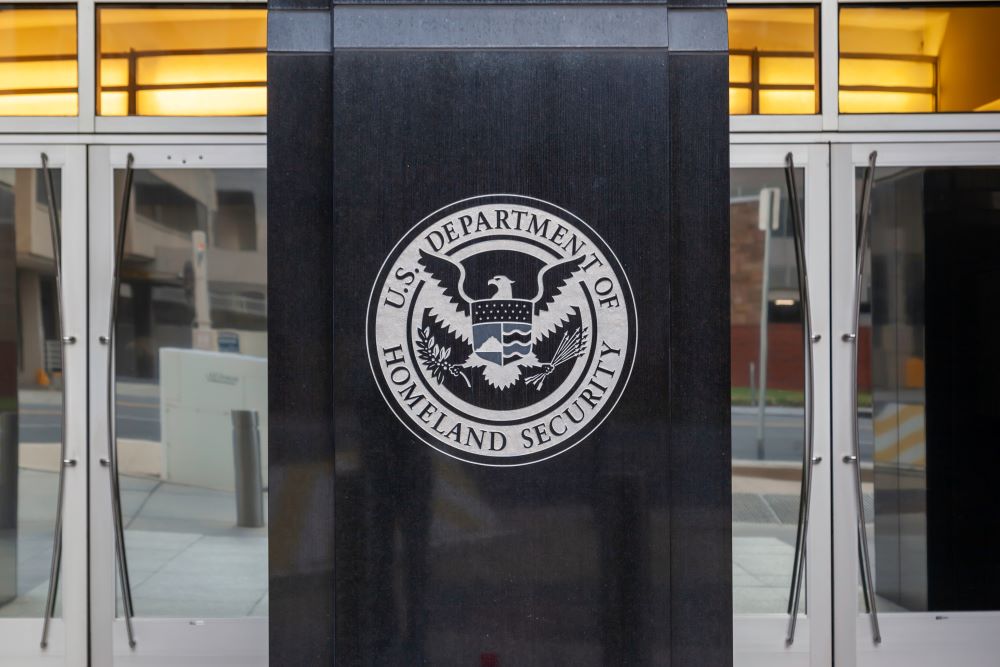Following the recent bomb threats received by multiple Historically Black Colleges and Universities (HBCUs) late last month and at the beginning of February, the U.S. Department of Homeland Security (DHS) has issued a National Terrorism Advisory System Bulletin, warning that “mass casualty attacks and other acts of targeted violence conducted by lone offenders and small groups acting in furtherance of ideological beliefs and/or personal grievances pose an ongoing threat to the nation.”
The soft targets specifically mentioned include HBCUs and other institutions of higher education. Other potential targets listed by DHS included churches, synagogues and mosques, racial and religious minorities, government facilities and personnel, including law enforcement and the military, the media and perceived ideological opponents.
The bulletin said the following key factors are contributing to the heightened threat environment:
- The proliferation of false or misleading narratives, which sow discord or undermine public trust in U.S. government institutions:
- For example, there is widespread online proliferation of false or misleading narratives regarding unsubstantiated widespread election fraud and COVID-19. Grievances associated with these themes inspired violent extremist attacks during 2021.
- Malign foreign powers have and continue to amplify these false or misleading narratives in efforts to damage the United States.
- Continued calls for violence directed at U.S. critical infrastructure; soft targets and mass gatherings; faith-based institutions, such as churches, synagogues, and mosques; institutions of higher education; racial and religious minorities; government facilities and personnel, including law enforcement and the military; the media; and perceived ideological opponents:
- Foreign terrorist organizations and domestic threat actors continue to amplify pre-existing false or misleading narratives online to sow discord and undermine public trust in government institutions. Some of these actors do so to encourage unrest, which could lead to acts of violence against the facilities, individuals, institutions, and organizations cited above.
- Violent extremists inspired by a range of grievances and ideologies continue to target crowded venues traditionally perceived to be soft targets, such as commercial and publicly accessible facilities, public gatherings, certain government and state facilities, and houses of worship.
- The recent attack on a synagogue in Colleyville, Texas highlights the continuing threat of violence based upon racial or religious motivations, as well as threats against faith-based organizations.
- Threats directed at Historically Black Colleges and Universities (HBCUs) and other colleges and universities, Jewish facilities, and churches cause concern and may inspire extremist threat actors to mobilize to violence.
- As COVID-19 restrictions continue to decrease nationwide, increased access to commercial and government facilities and the rising number of mass gatherings could provide increased opportunities for individuals looking to commit acts of violence to do so, often with little or no warning. Meanwhile, COVID-19 mitigation measures—particularly COVID-19 vaccine and mask mandates—have been used by domestic violent extremists to justify violence since 2020 and could continue to inspire these extremists to target government, healthcare, and academic institutions that they associate with those measures.
- Domestic violent extremists have also viewed attacks against U.S. critical infrastructure as a means to create chaos and advance ideological goals, and have recently aspired to disrupt U.S. electric and communications critical infrastructure, including by spreading false or misleading narratives about 5G cellular technology.
- Some domestic violent extremists have continued to advocate for violence in response to false or misleading narratives about unsubstantiated election fraud. The months preceding the upcoming 2022 midterm elections could provide additional opportunities for these extremists and other individuals to call for violence directed at democratic institutions, political candidates, party offices, election events, and election workers.
- A small number of threat actors are attempting to use the evacuation and resettlement of Afghan nationals following the U.S. military withdrawal from Afghanistan last year as a means to exacerbate long-standing grievances and justify attacks against immigrants.
- Calls by foreign terrorist organizations for attacks on the United States based on recent events:
- Foreign terrorist organizations will likely continue to maintain a highly visible online presence to attempt to inspire U.S.-based individuals to engage in violent activity.
- Supporters of foreign terrorist organizations have encouraged copycat attacks following the January 15, 2022 attack on a synagogue in Colleyville, Texas.
- Foreign terrorists remain intent on targeting the United States and U.S. persons, and may seek to capitalize on the evolving security environment overseas to plot attacks. The Islamic State of Iraq and ash-Sham (ISIS) or its affiliates may issue public calls for retaliation due to the strike that recently killed ISIS leader Abu Ibrahim al-Hashimi al-Qurayshi.
DHS urged potential soft targets to be prepared for emergencies and remain aware of circumstances that could increase their risk. It also urged everyone to maintain digital and media literacy “to recognize and build resilience to false or misleading narratives.” Potential targets should also prepare for potential active shooter incidents and make efforts to prevent, protect against, respond, and mitigate the use of explosives. Additionally, anything suspicious should be reported to authorities.
The bulletin expires June 7.







